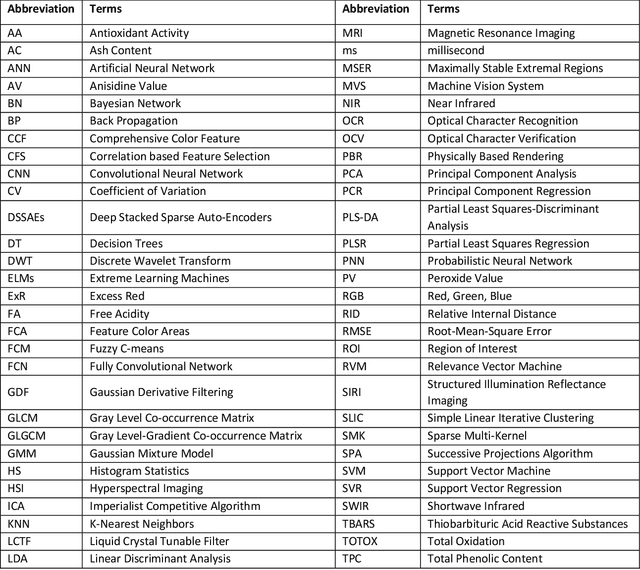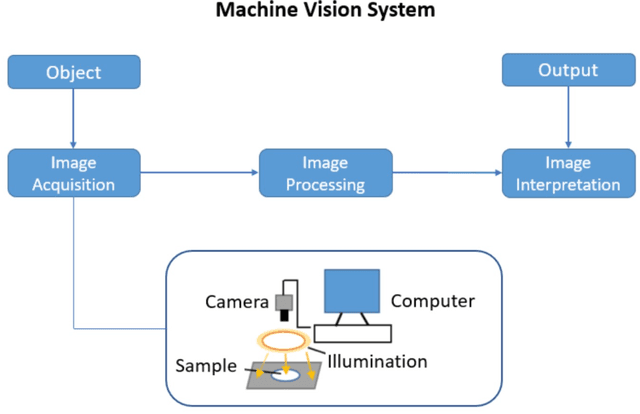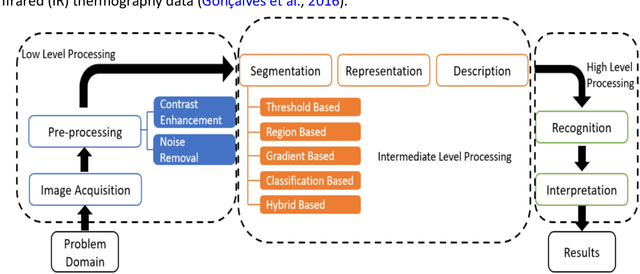Erica Pensini
Deep Learning and Machine Vision for Food Processing: A Survey
Mar 30, 2021



Abstract:The quality and safety of food is an important issue to the whole society, since it is at the basis of human health, social development and stability. Ensuring food quality and safety is a complex process, and all stages of food processing must be considered, from cultivating, harvesting and storage to preparation and consumption. However, these processes are often labour-intensive. Nowadays, the development of machine vision can greatly assist researchers and industries in improving the efficiency of food processing. As a result, machine vision has been widely used in all aspects of food processing. At the same time, image processing is an important component of machine vision. Image processing can take advantage of machine learning and deep learning models to effectively identify the type and quality of food. Subsequently, follow-up design in the machine vision system can address tasks such as food grading, detecting locations of defective spots or foreign objects, and removing impurities. In this paper, we provide an overview on the traditional machine learning and deep learning methods, as well as the machine vision techniques that can be applied to the field of food processing. We present the current approaches and challenges, and the future trends.
 Add to Chrome
Add to Chrome Add to Firefox
Add to Firefox Add to Edge
Add to Edge